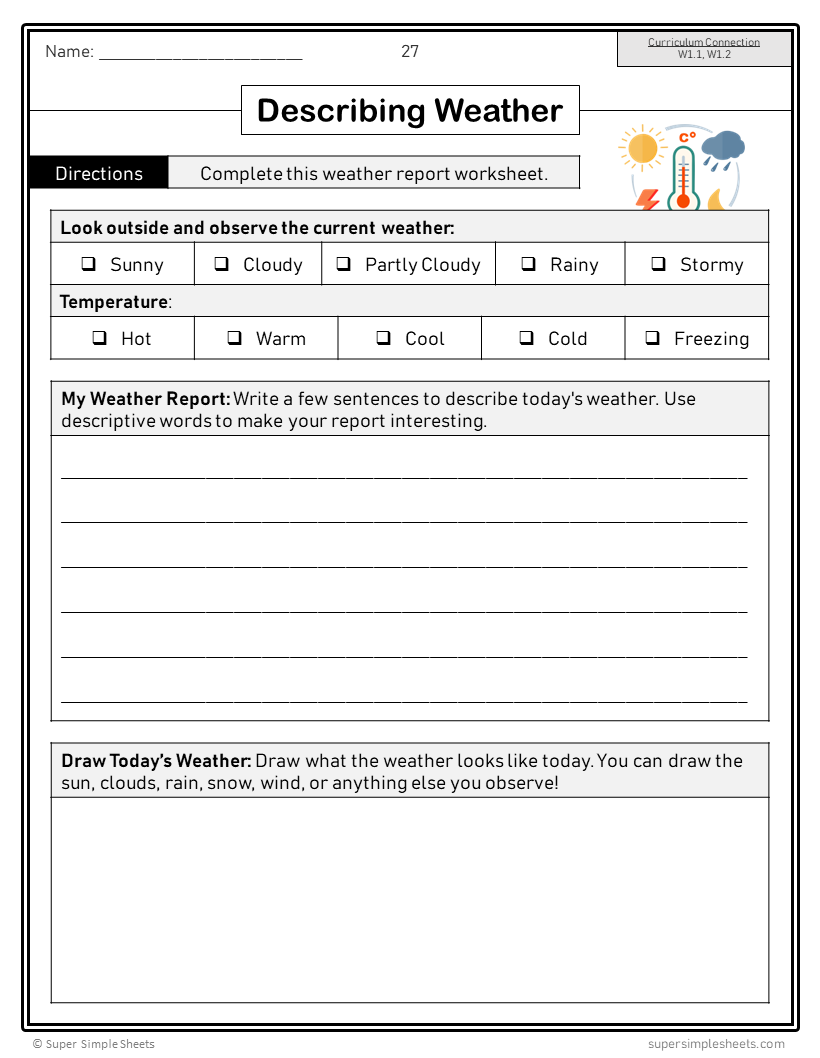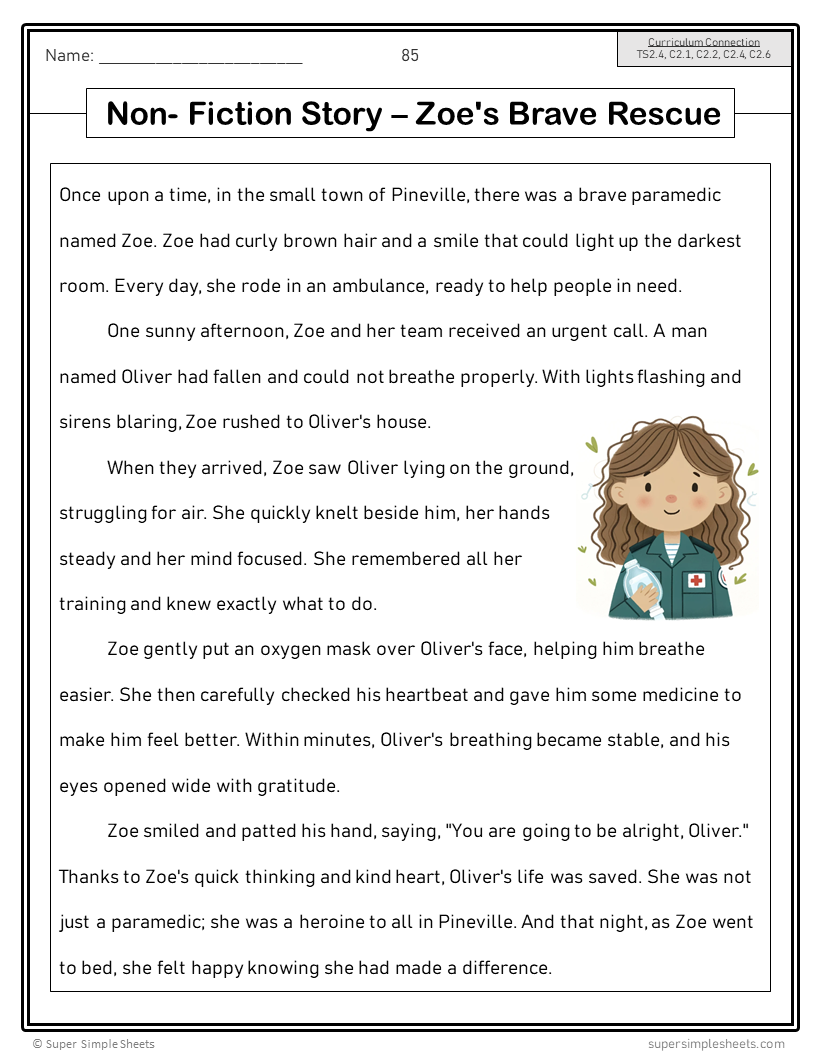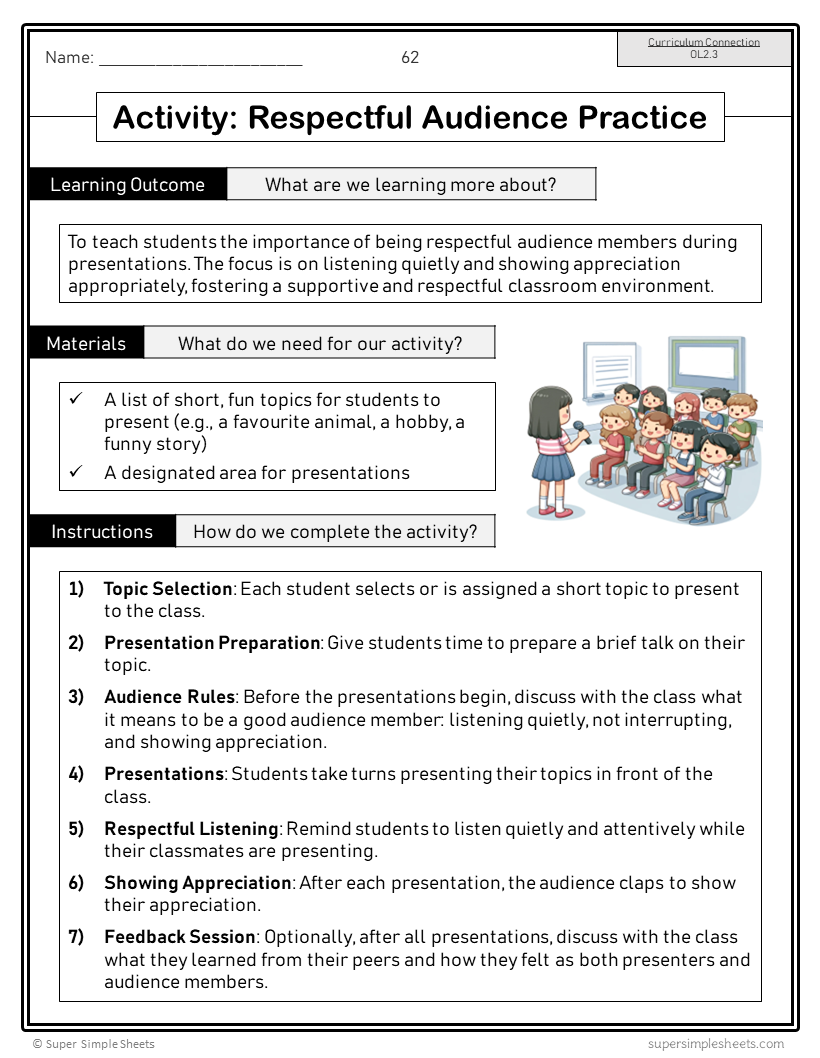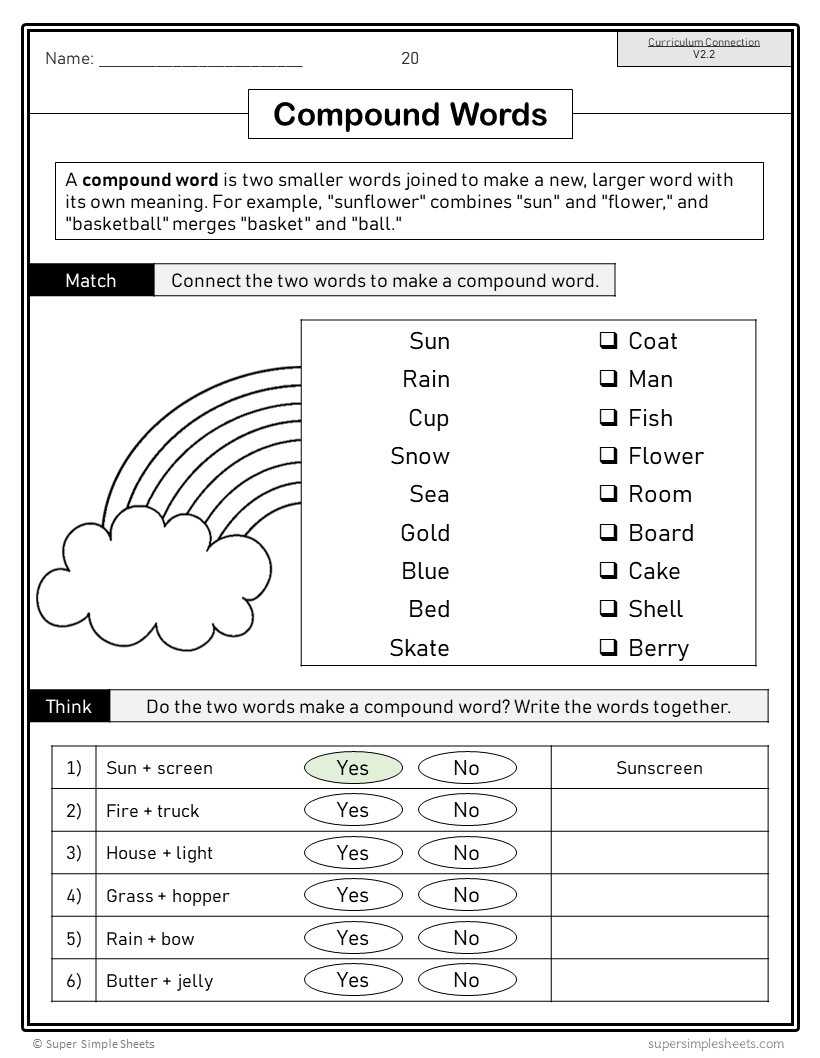Alberta Grade 2 Language Arts ELA - FULL YEAR BUNDLE - NEW 2023 Curriculum
Alberta Grade 2 Language Arts ELA - FULL YEAR BUNDLE - NEW 2023 Curriculum
Interested in a bundle? Shop below instead!
Couldn't load pickup availability
FULL YEAR BUNDLE - Teaching made easy! This NO PREP bundle includes everything you need to teach the NEW 2023 Alberta Grade 2 Language Arts (ELA) Curriculum.
BOTH GOOGLE SLIDES AND PDF VERSIONS INCLUDED!
Grade 2 - New Alberta 2023 Language Curriculum – Vocabulary, Conventions, Phonics, Phonological Awareness and Fluency. This resource covers all skills and procedures in the organizing ideas: Vocabulary, Conventions, Phonics, Phonological Awareness, and Fluency (ELA). The 473 pages teach the skills and procedures in these four curriculum areas.
Included in this unit are 30 weeks of ELA instruction, with weekly word lists that explicitly teach consonant clusters as well as vowel teams. Along with these Science of Reading principles, we have weaved in the skills and procedures students in grade 2 need to learn while working with these word lists.
Included in this resource are the organizing ideas below:
Vocabulary – figurative language, tier 2 and tier 3 words, synonyms, antonyms, homographs and homophones
Fluency – developing automaticity in reading complex words, phrases, and continuous text. Also, students will read the over 300 high frequency words fluently and with expression, and appropriate pace.
Phonics – consonant clusters at the beginning and ending of words, as well as diagraphs, silent letters, and long/short vowel sounds.
Phonological Awareness – substituting, deleting, and adding phonemes to create new words.
Conventions – sentence types, contractions, apostrophes, grammar, punctuation, and capitalization skills.
Some of the concepts covered:
- Base Words
- Common Suffixes (e.g., -ing, -ed, -er)
- Common Prefixes (e.g., un-, re-, dis-)
- Compound Words
- Position-based Tendencies (E.G., I Before E, Q And Then U)
- Bossy E (Magic E) Concept – CVCe Spelling Pattern
- Spelling Patterns – CVCe, VCC, VVC
- Soft And Hard Sounds – C And G
- Different Letter Sound: Y As A Vowel Or Consonant
- Blending Sounds In Words That Have Up To 6 Phonemes
- Manipulating Sounds – Regular/Irregular Words (Short/Long Vowel Sounds, Silent Letters, Irregular Blends)
- Adding Phonemes, Deleting Phonemes, Substituting Phonemes To Change Words, Including Blends
- Word Families & Rhyming Words
- Commonly Misspelled Words
- Antonyms And Synonyms
- Homophones And Homographs
- Alliteration, Onomatopoeia, And Repetition
- Reading Accuracy: Words & Sentences
- Pacing In Paragraph Reading & Reading Punctuation
- Strategies For Expressive Reading Aloud
- Types Of Sentences - Interrogative, Imperative, Declarative, And Exclamatory
- Using Different Punctuation
- Parts Of Speech Overview (E.G., Nouns, Verbs, Adjectives, Prepositions)
- Subject-Verb Agreement
- Personal Pronouns: Usage And Examples
- Decoding Reading Strategies: Breaking Words Into Chunks, Visualizing, and Using Context
- Using Dictionaries to Learn Word Meanings
- Compound Sentences & Conjunctions (FANBOYS)
- Capitalization Rules (E.G., Start Of A Sentence, Proper Nouns)
- Punctuation Rules (E.G., Apostrophes, Commas In Lists, Quotation Marks)
- Fluency Readings For Each Week To Reinforce Word List Vocabulary
- Weekly Quizzes (30 Different Assessments)
- Answer Pages For All Activities
Grade 2 - New Alberta 2023 Language Curriculum – Writing. This resource covers all skills and procedures in the 2023 Alberta Language Curriculum, within the organizing idea: Writing (ELA).
There are 327 activity sheets that are aligned to cover the learning outcome in the NEW Alberta 2023 Language Curriculum. Included are 10 blocks of content, each covering a different text form. Within each block, the skills and procedures are taught.
This is a language program developed by a language teacher. We have included exemplars for students to use to formulate success criteria so they can improve their writing quality. Moreover, we’ve scaffolded the skills involved with producing quality writing to ensure all students can progress.
In addition, we have included a full-year long range plan that outlines what concepts from the curriculum you will be teaching each week.
Some of the concepts covered:
- Types of text forms – when to use each one (narratives, letters/emails, procedural writing, reports, etc.)
- Experiment – writing with planning time versus writing without planning time (no brainstorming)
- What is a message?
- Purpose and audience of messages
- Personal voice in writing
- How to write descriptive sentences
- Activity – nature walk descriptions
- Writing activity – my dream playground
- How to write a paragraph – topic sentence (hook), body, conclusion
- Formal versus informal letter writing – voice in our writing
- Purpose and audience in letter writing – effect on our voice
- Writing personal narratives
- Setting and character development
- Narratives with a beginning, middle, and ending
- Publishing personal narratives
- Analyzing quality stories – building success criteria
- Activity – Story Swap Revision Party
- Opinion writing – being persuasive
- Fact or fiction – which is more persuasive?
- Researching – finding facts to support our opinion
- Research activity – completing a weather report
- Research – animal fact sheet
- Interviews – creating a family tree by interviewing family members
- Research – questioning: asking community members questions
- Procedural writing – instructions
- Writing instructions for simple tasks
- Sequencing the order of instructions
- Writing and publishing instructions
- Report writing – a quick guide
- Activity – Idea Factory
- Writing reports – using the facts provided to organize a report
- How to research effectively
- Activity – Online Treasure Hunt
- Types of poems – Haiku, Limerick, Rhyming, and Acrostic Poetry
- Illustrating a poetry children’s book
- Writing book reviews
- Summarizing books for our book reviews
- Printing practice: 16-page package
- Answer pages for all activities
Grade 2 - New Alberta 2023 Language Arts ELA Curriculum – Comprehension, Text Forms and Structures. This resource covers all skills and procedures in the organizing ideas: Text Forms and Structures as well as Comprehension. The 276 pages teach the skills and procedures in these two curriculum areas.
We’ve included a variety of activities, including independent reading responses, group activities, assignments, experiments, exemplars, and hands-on activities to keep your students engaged.
Included in this resource are the organizing ideas below:
Text Forms and Structures: taught throughout the unit, with the use of 10 different blocks of text forms, including narratives, reports, poetry, comic strips, letters, procedural writing, book reviews, persuasive writing, and biographies.
Comprehension: as students learn about the text forms and structures of different types of writing, they will practice reading comprehension skills. They will read these different text forms, and use before reading, during reading, and after reading comprehension strategies – inferencing, visualizing, predicting, summarizing, making connections, and questioning. We have also included an independent reading response booklet.
In addition, we have included a full-year long range plan that outlines what concepts from the curriculum you will be teaching each week/block.
Some of the concepts covered:
- What are messages – purpose and audience?
- Before reading: comprehension strategies – activating prior knowledge and reasons for reading
- During reading: comprehension strategies – questioning, making connections, inferences, predictions, visualizing
- After reading: comprehension strategies – summarizing, making inferences, visualizing
- Letter writing – emails, formal and informal letters, writing with voice
- Cohesive ties – using linking words (conjunctions, pronouns, and transition words) in letter writing
- Narratives – use of literary devices: similes and consonance
- Perspective in narratives – first-person and third-person
- Narratives – sequencing multiple plots in a story and explaining cause and effect
- Folk tales and legends – heroes and heroines
- Story structure – characters, setting, plot, and events
- Reading strategies – chunk words, stretch words, and re-read texts
- Cross-curricular connections – science and social studies (water, growth of animals, changing families, etc.)
- Persuasive writing – using critical thinking skills to determine bias
- Using facts or opinions in persuasive writing
- Finding implicit and explicit evidence in persuasive texts
- Making inferences about persuasive texts
- What is procedural writing?
- Text features and text patterns of procedural writing – instruction booklets, how-to-guides
- Sequencing the steps in a how-to-guide
- Using graphics to enhance procedural texts
- Indigenous connection: how-to-guides for drawing Totem Poles, Igloos
- Text features in reports – index, glossary, timelines, headings, table of contents, charts, icons, etc.
- Reports on diversity, inclusion, and accessibility
- Use of infographics, timelines, maps, diagrams, and pictures in reports
- Literary devices used in poetry – similes and consonance
- Acrostic poems
- Assignment – examining poems written by Indigenous authors
- Reading different styles (voices) in book reviews
- Text features in comics, infographics, memes, and maps
- How images, graphics, and visuals contribute to biographies
- Text features in biographies – using a table of contents, icons, and indexes to understand a biography
- Biographies – Albert Einstein, Terry Fox, Margaret Atwood, Stephen Hawking: Table of Contents, Glossary
- Answer pages for all activities
Grade 2 - New Alberta 2023 Language Curriculum – Oral Communication. This resource covers all skills and procedures in the organizing idea: Oral Communication (ELA). The 88-page unit includes lesson plans for the teacher, prompts for the students, planning pages, and reflection questions for students to consolidate their understanding.
Included in this unit are 28 activities that are interactive and engaging for grade 2 students. As students complete the activities, they will build on their oral communication skills, obtaining the learning outcome stated in the curriculum. There are several activities provided for each skill and procedure listed in the curriculum.
We are proud to include everything you need to complete these activities. For example, if an activity asks for a story to be read, we provide the story. We’ve also included all emotions, story starters, expressions, and plays (reader’s theatre) you need.
Some of the concepts covered:
- Activity: Story Circle
- Activity: Listening to Elders
- Activity: Simon Says Listening Game
- Activity: Story Recap
- Activity: Active Listening Circles
- Activity: Before-During-After Chart
- Activity: Pause and Reflect
- Activity: Show and Tell
- Activity: Role Play
- Activity: Topic Jar
- Activity: Charades & Gestures: Message Without Words
- Activity: Facial Expressions Circle
- Activity: Expression Says
- Activity: Emotions Charades
- Activity: Persuasive Stand
- Activity: Voice Playground
- Activity: Audience Role-Play
- Activity: Active Listening Pairs
- Activity: Sequence Storytelling
- Activity: Respectful Audience Practice
- Activity: Visual Aid Show and Tell
- Activity: Vocabulary Variety Game
- Activity: Emotion Walk
- Activity: Storybook Creator
- Activity: Vocabulary Relay
- Activity: Grammar Police
- Activity: Descriptive Storytelling
- Activity: Expression Art Gallery
This is a comprehensive bundle that will save you hours of planning! It has everything you need to feel confident that you are covering the NEW Alberta Language Arts curriculum.
Share





Love the product and how it’s structured and the depth to which everything is spread out and covered.








